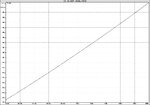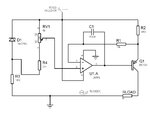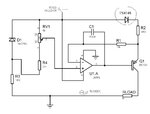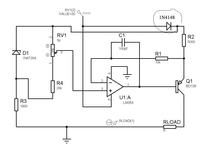Neveth
Newbie level 6
- Joined
- Aug 17, 2009
- Messages
- 11
- Helped
- 0
- Reputation
- 0
- Reaction score
- 0
- Trophy points
- 1,281
- Location
- Coimbatore, India
- Activity points
- 1,372
Guys, can anyone post me a circuit of constant current source for thermistor ?
But my range is high, its from 5 ohm to 200k ohm.
Actually i tried it with two floating current circuits, 1mA and .1mA ! Even though i succeed in it, i m having other kind of trouble. That makes me to look for grounded current circuit.
Can anyone help me in this thing ?
Thanks in advance
But my range is high, its from 5 ohm to 200k ohm.
Actually i tried it with two floating current circuits, 1mA and .1mA ! Even though i succeed in it, i m having other kind of trouble. That makes me to look for grounded current circuit.
Can anyone help me in this thing ?
Thanks in advance



